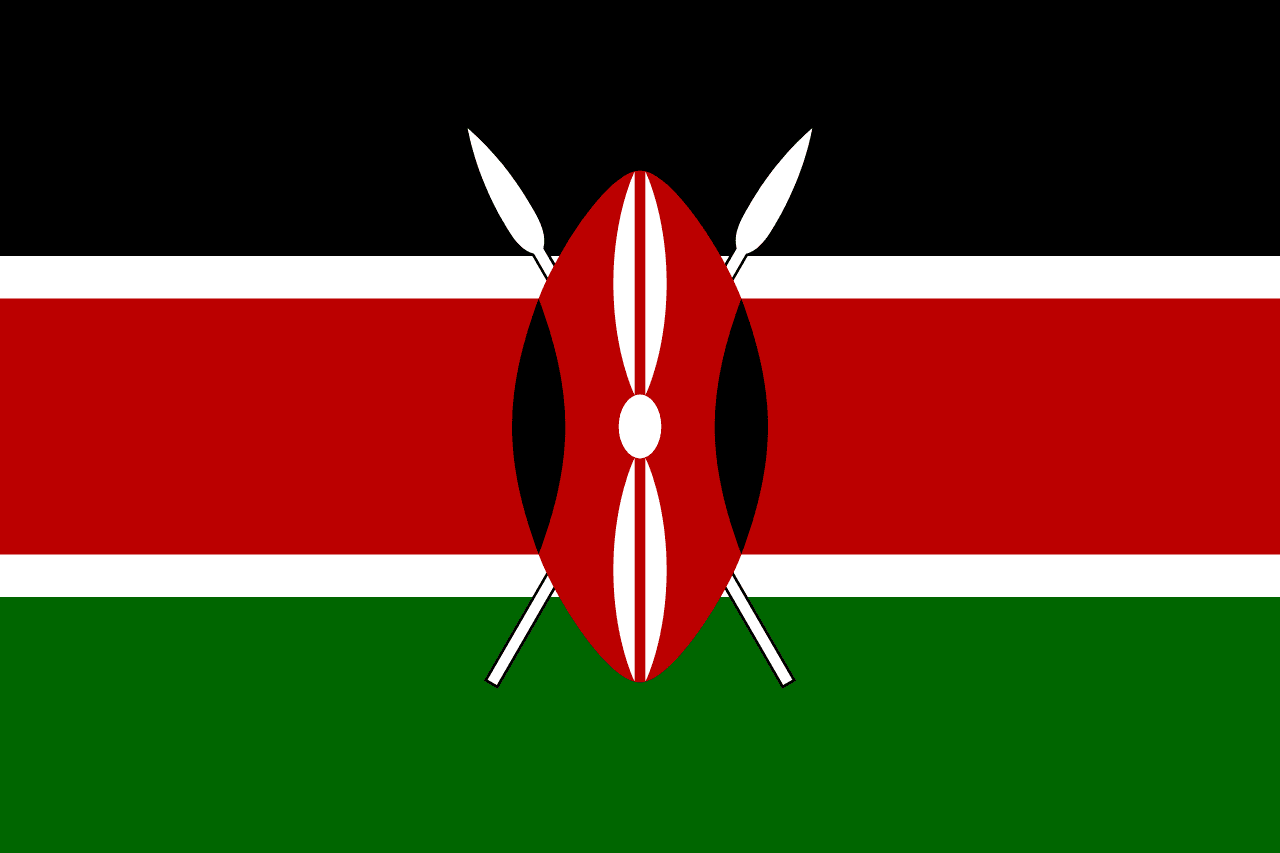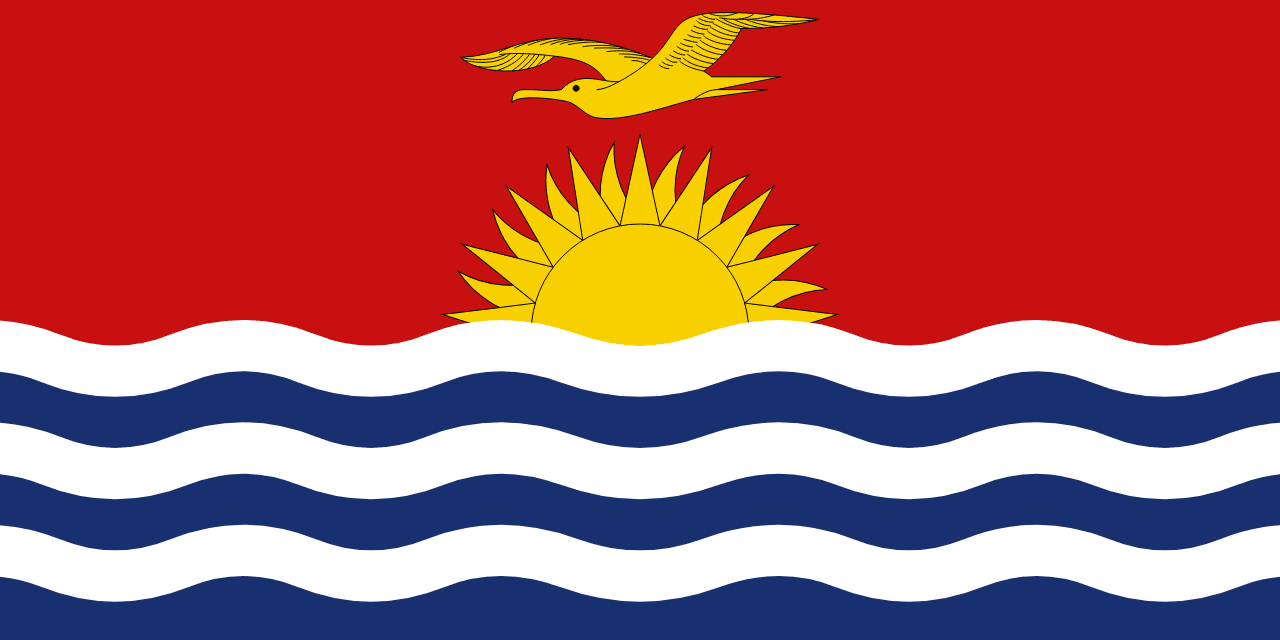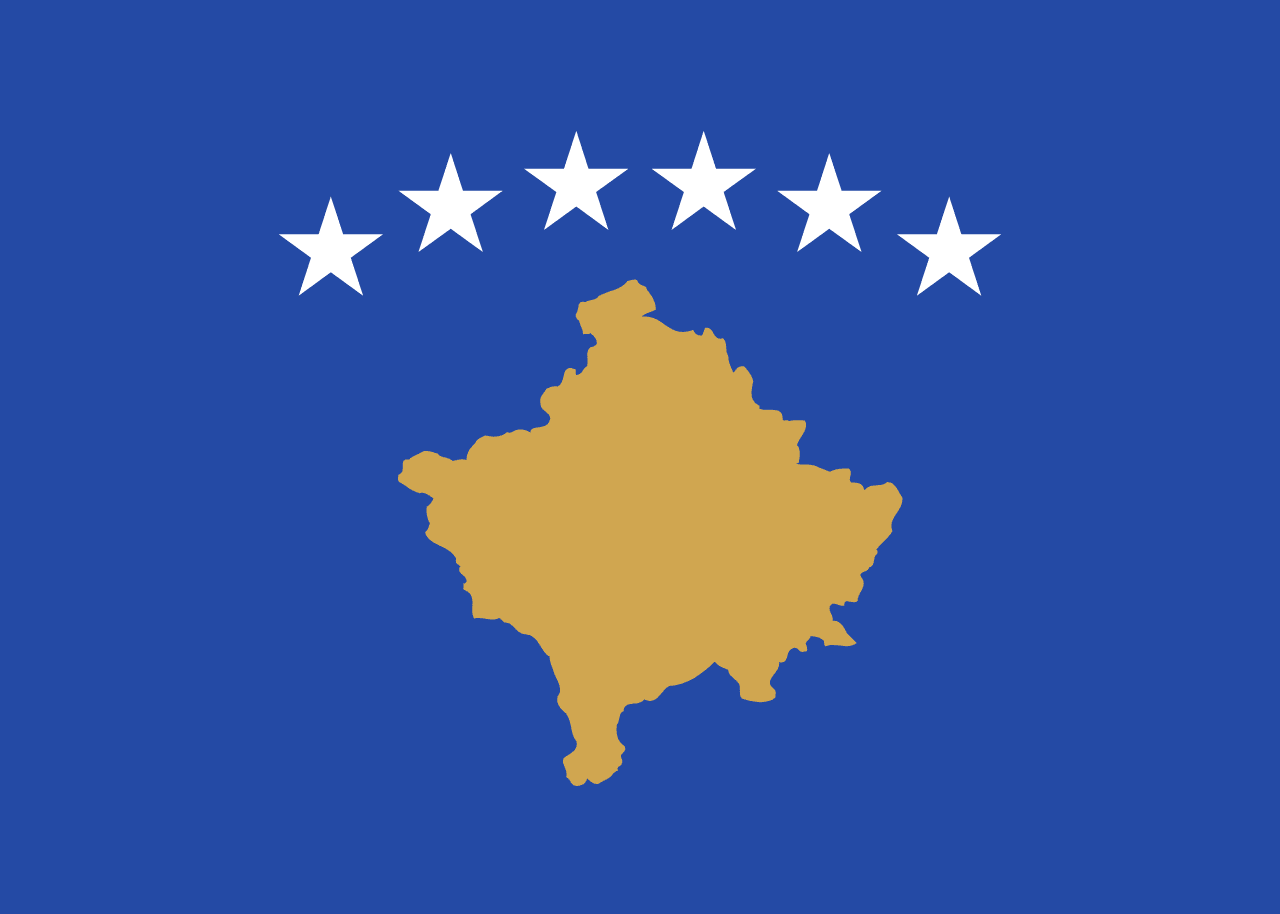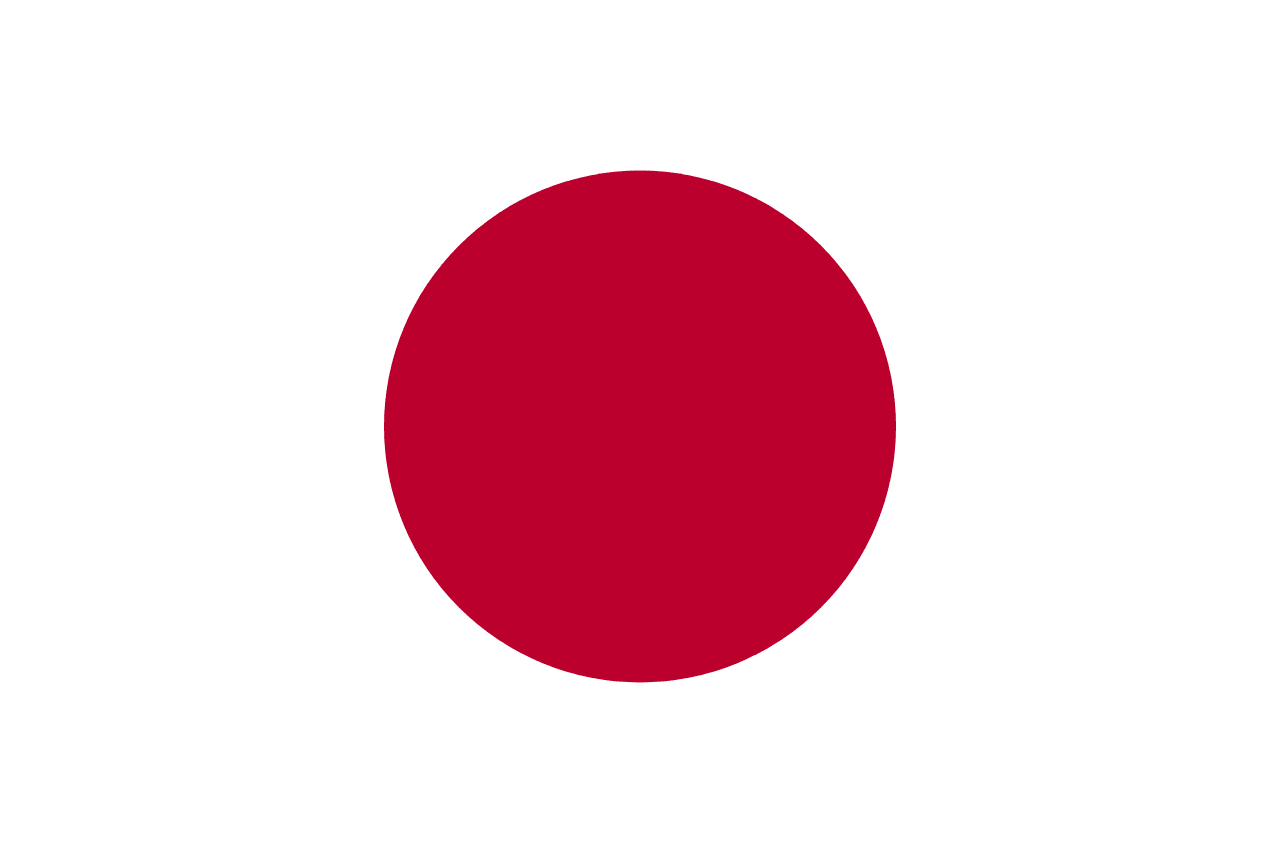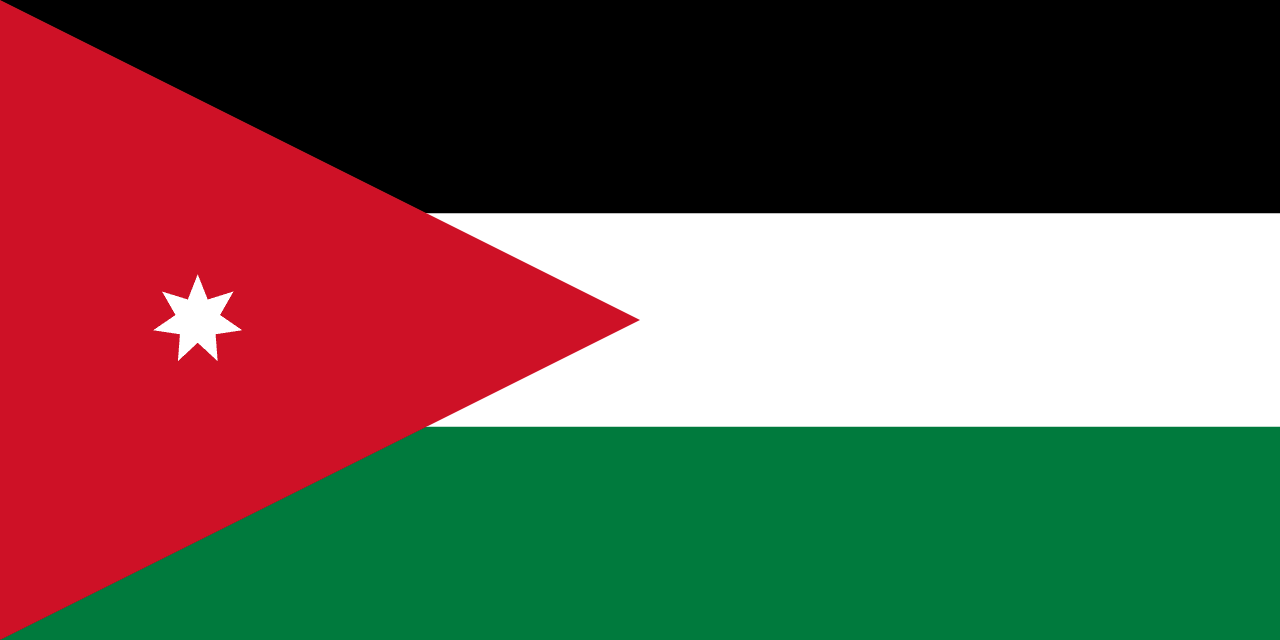The flag of Kazakhstan features a sky blue field with a golden sun disc above a soaring golden steppe eagle in the center. On the hoist side, there is a national ornamental pattern (koshkar-muiz) in gold. This striking design encapsulates Kazakhstan's rich cultural heritage, natural beauty, and aspirations as a modern nation.
Kazakhstan information
| National Flag Day | June 4 |
| Sovereign state | Yes |
| Official name | Republic of Kazakhstan |
| Capital | Astana |
| Population | 18,551,427 |
| Area | 2,724,902 km² |
| Currency | Kazakhstani tenge (KZT) |
| Language | Kazakh, Russian |
| Continent | Asia, Europe |
| Region | Central Asia |
| Subregion | — |
| Borders | Russia, China, Kyrgyzstan, Uzbekistan, Turkmenistan |
| Timezone | West Kazakhstan Time (WKT) UTC+5, East Kazakhstan Time (EKT) UTC+6 |
| Calling code | +7 |
| Top-level domain | .kz |
History of the Kazakhstan flag
 The current flag of Kazakhstan was adopted on June 4, 1992, following the country's independence from the Soviet Union in 1991. The flag's design was created by Shaken Niyazbekov, a renowned Kazakh artist and designer. It replaced the former Kazakh Soviet Socialist Republic flag, marking a significant shift in national identity and symbolism as Kazakhstan embarked on its journey as an independent nation.
The current flag of Kazakhstan was adopted on June 4, 1992, following the country's independence from the Soviet Union in 1991. The flag's design was created by Shaken Niyazbekov, a renowned Kazakh artist and designer. It replaced the former Kazakh Soviet Socialist Republic flag, marking a significant shift in national identity and symbolism as Kazakhstan embarked on its journey as an independent nation.
Symbolism and design of the Kazakhstan flag
Each element of the Kazakhstan flag carries deep symbolic meaning. The sky blue background represents the vast Kazakh steppes and the country's commitment to peace, freedom, and cultural unity. The golden sun symbolizes wealth, abundance, and the bright future of Kazakhstan. The 32 rays emanating from the sun represent prosperity and energy. The golden steppe eagle, a revered bird in Kazakh culture, symbolizes freedom, power, and the country's aspiration for high achievement. The koshkar-muiz (ram's horns) ornamental pattern on the hoist side reflects Kazakhstan's rich cultural heritage and artistic traditions.
Usage and significance of the Kazakhstan flag
 The Kazakhstan flag serves as a powerful symbol of national identity, unity, and pride. It is prominently displayed during official ceremonies, national holidays such as Independence Day (December 16), and at government buildings. The flag plays a crucial role in representing Kazakhstan in international forums, diplomatic events, and sporting competitions. Its distinctive design has become an integral part of Kazakhstan's national branding, reflecting the country's efforts to position itself as a modern, forward-looking nation rooted in rich cultural traditions.
The Kazakhstan flag serves as a powerful symbol of national identity, unity, and pride. It is prominently displayed during official ceremonies, national holidays such as Independence Day (December 16), and at government buildings. The flag plays a crucial role in representing Kazakhstan in international forums, diplomatic events, and sporting competitions. Its distinctive design has become an integral part of Kazakhstan's national branding, reflecting the country's efforts to position itself as a modern, forward-looking nation rooted in rich cultural traditions.
Interesting facts about the Kazakhstan flag
- The specific shade of blue used in the flag is often referred to as "Kazakhstan blue" and is protected by state law.
- The sun's rays on the flag are not symmetrical; they alternate between straight and wavy lines, symbolizing the diversity of Kazakhstan's natural resources.
- The eagle on the flag is specifically a steppe eagle, native to the region and deeply significant in Kazakh folklore and tradition.
- The koshkar-muiz pattern is not just decorative but also serves as a symbol of family well-being and prosperity in Kazakh culture.
- Kazakhstan celebrates National Flag Day on June 4 each year, commemorating the adoption of the flag and promoting patriotism.
